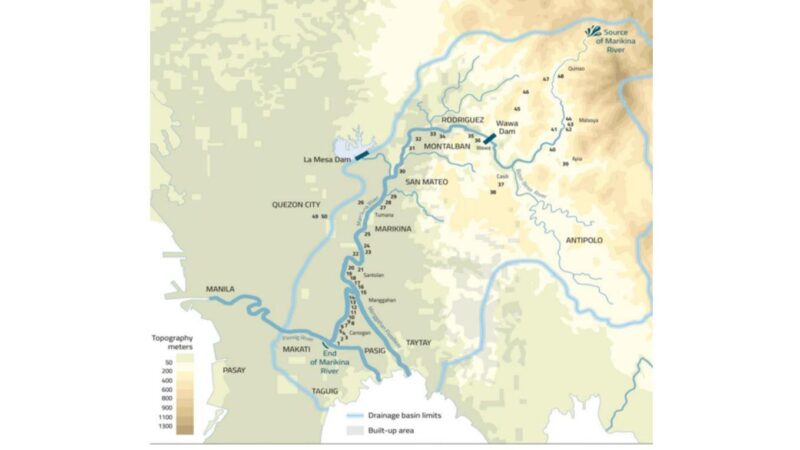They smash plates on New Year’s Eve
People all over the world practice unique traditions. Although some countries celebrate calendar holidays and events quite similarly as with the other countries, others celebrate in strangely different ways.
The Philippines, no matter how small, has an array of countless traditions that differ from one place to another, inherent to the culture of the place, region or indigenous affiliation where one belongs.
In the Cordillera region alone, it is very evident how cultures differ among indigenous peoples (IPs). Although seemingly similar, the traditional attires show the difference, so with the dances and gong beats as well as the language or mother tongue spoken, the food or the modern day cuisine, the ways, the habits, the etiquette, they all say the difference.
The first day of the year
History reveals that there came a time when calendars fell out of sync with the sun, thereby causing the first day of the year to fall on different days. This was until Roman leader Julius Caesar introduced the Julian calendar in 45 B.C. where he instituted January 1 as the first day of the year.
Apparently, during the Middle Ages, the Julian leap year formula had overcompensated for the actual length of a solar year, adding an extra day every 128 years. Consequently, some church holidays did not always fall in the proper seasons because seasonal equinoxes were falling 10 days “too early” and no adjustments were made to compensate.
In 1582, Roman Catholic Pope Gregory XIII authorized the “Gregorian” or “New Style” calendar where the formula for determining leap years was revised so that only years divisible by 400 at the end of a century would be leap years. However, Protestant countries, including England and its colonies continued to use the Julian calendar.
In 1752, England and its colonies officially changed calendars because the discrepancy being out-of-sync has grown wider. The Julian calendar was replaced with the Gregorian calendar, which is the calendar we use today.
Some New Year traditions around the world
New Year traditions come in a variety of ways, most of them intending to instill hope and peace; and hoping for wealth, luck and prosperity to all people throughout the world for the coming year.
Most New Year celebrations today start on the eve of December 31, the last day of the Gregorian calendar, and continue to the wee hours of January 1.
12 grapes for 12 months of luck (Spain)
Spain’s most celebrated New Year tradition involves eating one grape for every toll of the clock at midnight. Spaniards believe that the 12 grapes consumed are meant to represent good luck for each month of the year.
Dropping ice cream for good luck (Switzerland)
The Swiss direct wealth, abundance, and good luck in the New Year by dropping a dollop of ice cream on the floor at midnight.
Color of underpants decide fortune (South America)
South Americans in Mexico, Bolivia and Brazil believe that their fortune for the year ahead is decided by the color of the underpants they wear for New Year. Red is worn for those searching for love; Yellow to bring wealth and luck; and White for peace.
Round things bring wealth (Philippines)
Filipinos collect round things, round fruits and wear clothes with round prints like polka dots representing coins, hoping to bring wealth and prosperity for the coming year.
Breaking plates to ward off bad spirits (Denmark)
A very popular Danish New Year tradition involves breaking old dishes and unused dinnerware into pieces and affectionately smashing them against the doors of their families and friends to drive away bad spirits.
Observing how the New Year is uniquely celebrated in different parts of the world, we come to realize how significant culture is, and how people come up with unique representations of their heritage.







